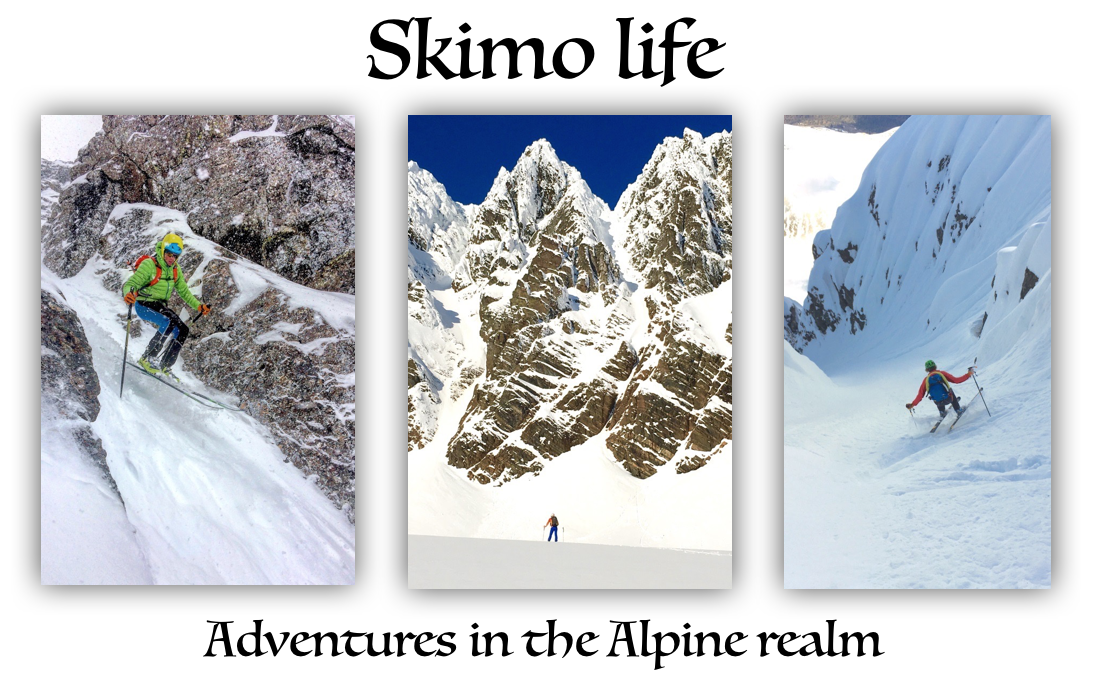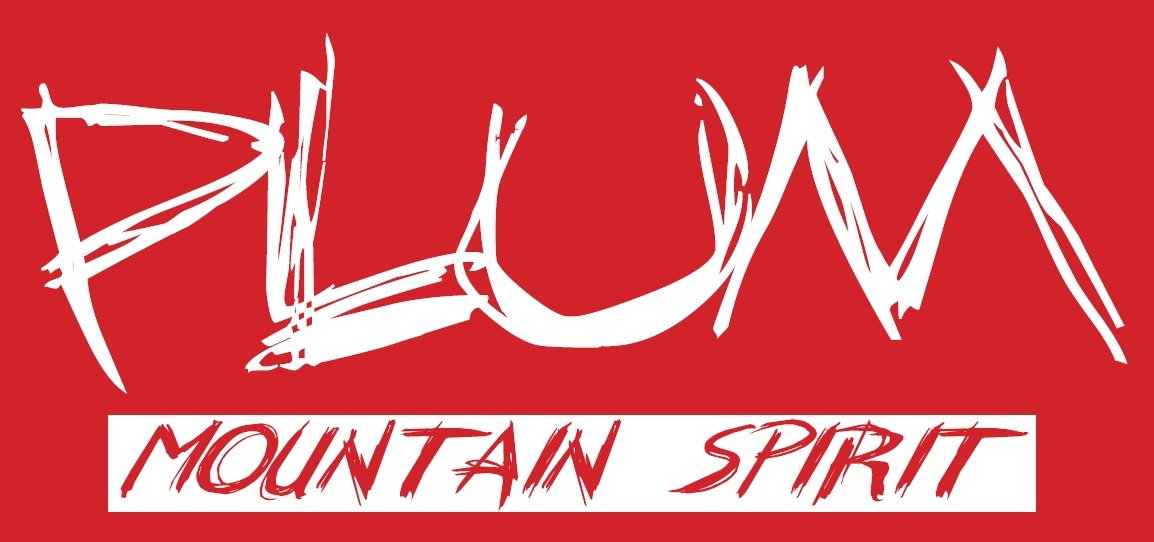Grand Teton Speed Project Update - Weight Matters
 Sunday, July 17, 2011 at 11:45PM
Sunday, July 17, 2011 at 11:45PM My pack and contents for a sub-7 hour Grand TetonWarm temperatures and reluctant freezing have spelled the end to my ski season. Running, cycling and climbing will now occupy my interest for a few months. Although I won't be skiing for a while, there is still much about skiing to ponder and write. The late season interest in speed has my passion peaked just as the conditions ebb. Nate Brown coined this 11th inning trend as "The Grand Teton Speed Project". This moniker represents a style of skiing the high peaks favored by a small group of ski mountaineers. I thought I would add a few thoughts on the subject to the collective.
"Lighten up, Francis"
For the uninitiated, that's a Bill Murray quote from the movie "Stripes". Rent it if you haven't seen it.
Anyway, in this game, weight is everything. This is relatively new ground in the ski mountaineering world, at least on this side of the pond. For sure, manufacturers like to talk about the weight of boots and skis but performance ultimately trumps all other considerations. And when you deviate from the obvious tools of skiing, little to no attention is paid to the heft of gear. One need only to venture onto any skin track in the mountains and witness the plenitude of ballistic nylon packs and baggy clothes to know that few are giving weight much of a consideration.
Think about something as basic as poles. I mean, do we really need poles that adjust? Who screws with that feature, anyway? Flick locks or any other version of these adjustable nuisances? Pah! Clever little things until they freeze or slip and do any thing else that dampens the spirit. But the real reason not to use them? Weight. My adjustable ski poles, half of which are carbon (not naming any brands here), tip the scale at 305 grams each. Compare that to my Dynafit Carbon race poles at 141 grams. Is there really a choice? That's just shy of 6 ounces per hand per pole plant. Anyone out there not think that matters?
Getting light boots and skis is an obvious and worthy place to start in this game but paying attention to everything else is time and money well spent. If you are interested in going faster and/or doing more with less energy, the weight of everything on your person needs to be considered. Let's run through the variables
Skis and Boots
It's no longer "all about the down" and I have addressed the issue of boot weight previously. The only thing I will say is that taking weight off your feet is one of the best "weighs" to get your motor running. Any of the offerings from Dynafit, La Sportiva and Scarpa involving carbon fiber will do the trick.
I never got around to doing a dedicated piece on skis. There are lots of options. It really comes down to comfort level and how much less ski you are willing deal with. For those of us that race the skimo circuit, we can make do with A LOT less. Unfortunately, most modern back country skiers have drank the Kool Aid poured generously by the industry and believe it's just not possible to ski these lines without "real" skis. This is nonsense, of course, and this spring's slew of descents is testimony to what's possible. Yes, it's a compromise but we're talking about speed and efficient movement here.
One caveat I will share from this spring, however, is that it may be possible to go too light, or rather, too narrow. While there is some talk about equipment durability and the perceived risks associated with skiing fall-you-die terrain on light gear, there is a less obvious consideration here. The risk hit my partners and I like a near-miss head-on collision with a freight train while skiing the Grand this spring. Jared Inouye already demonstrated that skimo race skis are suitable for getting down steep pitches. Or are they?
I watched with some concern as one of my partners, nearly standing still on a 45+ degree slope in the Ford Couloir, suddenly booted out and ended up on his hip, quickly righting himself with his Whippet. Soiled his pants right on the spot. It seems there is a minimum width ski and boot combination that makes things safer. Simple variations in hip and knee angulation change this critical point but it is one worth considering, nonetheless. Trab race skis are 64 mm underfoot. My go-to Dynafit Broad Peaks are 74 mm. Something to keep in mind.
Never in Lycra
Yeah, I know. All the macho skiers out there can hardly hide their snickering derision when the Lycra patrol cruises past. These are the same guys who mountain bike in baggy shorts. What can you do? You can lead a horse to water but… There is a reason why pro cyclists and nordic racers wear the clothes they do. Until you try it, you don't know what you are missing. Yes, if you stop you will get colder. But, in this game, we don't stop. Besides, I keep a pair of super light full-zip shells in my pack for the odd chance that I will need more.
So, is the weight penalty worth considering? Whatdaya think? Now, I have no idea what the latest bro-brah baggy pants weigh in at. It ain't svelte, though, I'm sure of that. But a pair of Marmot Schoeller mountaineering pants tip the scales at 524 grams. Lycra bibs adapted from cycling - 287 grams. Back up Camp Flash Pants - 111 grams. In the spring, I leave the wind pants home. Nothing to sneeze at.
Same goes for tops. European Lycra race-style tops with built in hoods are perfect and, yes, you guessed it, light. But think about what you have your pack. How many layers do you really need? Will you ever put them on if you never sit down? Won't a light puffy suffice? Only you know the answer here. But you should start thinking about it. How about that hard shell? When was the last time it rained in the Tetons in the winter? Well, why the hell do you carry Gortex? Just stop it. Sell that shit or move to Washington.
Need some measurable evidence? This is all stuff I own and measured myself.
Marmot down puffy with hood - 581 grams
Arc'teryx Atom Hoody - 477 grams
Marmot modern Gortex hard shell - 461 grams
Cloudveil Black Ice soft shell hoody - 817 grams
Mammut Ultimate Hoody - 486 grams
Marmot Precip pull-over - 196 grams
Marmot wind breaker - 103 grams
Now, we all run different temperatures and some people are going to feel vulnerable without certain pieces of clothing in their packs. But my point here is to give it some thought, consider the likely conditions and then pack accordingly. Don't just mindlessly fill your heavy-ass favorite rucksack with the usual shit unless you are bringing the dogs and the hackie sack and six of your favorite dope smoking partners.
Packs
I covered this topic thoroughly here. But just to remind you… my Camp X3 600 with the stay removed weighs in at 518 grams. The popular BD Alias Avalung pack - 1,500 grams. Holy crap. Granted, these are very different beasts. The BD pack will last you many seasons of mindless use and abuse. It has the Avalung feature if you favor conditions that may require one of those. The Camp pack is fragile and won't help you breath while you wait for your friends to dig you out. But when conditions and your risk assessment allow, think about that bag you carry everything in. In the speed game, burly is not better.
Hardware
Lots of options here if the terrain gets technical. For a harness, the only real option is from Camp, tipping the scale at 95 grams. You're not taking lead falls here - just rapping a steep section. Hell, you could get away with a Dyneema diaper sling for that matter. The nice thing about the Camp harness is that you put it on at the car and forget about it until you need it.
All ice tools are not created equal. I traded my older BD Vipers for some new Charlet Moser Quarks and dropped 288 grams for the pair. For low-angle ice, I can get away with Grivel's Haute Route crampon, a hybrid steel/aluminum affair at 326 grams each. Camp's XLC Nanotech Automatics come in at 478 grams and the full-on Petzl Dartwin technical crampon hits out at 441 grams.
Consider the heft of your tat and other hardware. Dyneema and Spectra are significantly lighter than nylon. Wire gate biners less than ovals. If it matters, go lighter.
Other crap
Beacons, probes, shovels…leave 'em behind in the spring if you are going early. Do you really think you're going to dig your buddy out of that wet slide using the typical avy shovel, anyway? You'd need a backhoe.
My complete repair kit weighs 438 grams and never saw the inside of my pack this spring. Risky? Perhaps. But so is skiing this steep shit without a rope over the abyss. Choose your poison.
The fact of the matter is you can get away with a lot less stuff than you currently have. Yes, cutting it close may cost you if things go sideways but the reward is also great if things stay sensible. Each person makes their own assessment of the conditions and risks and then gears up accordingly. The point of this post is to be aware of the options and the penalties and then make decisions accordingly. It's just like the fat person who eats without knowing the calorie content of what he or she is putting down their pie hole. Mindless eating and mindless gearing are equally stupid.
 Brian |
Brian |  2 Comments |
2 Comments |  fast and light,
fast and light,  ski mountaineering,
ski mountaineering,  speed climbing in
speed climbing in  Gear
Gear 





Reader Comments (2)
Hi Brian, my name is Ryan. John Frieh recommended I contact you. I am looking for a coach for the next year or so to prepare for a climbing trip in end of Feb and then another to the Kahiltna in May/June. I have very limited training resources as I work at a rural mine camp. My email is akicebum@gmail.com. I'd like to talk if you are interested. thanks
Hey Brian, nice work on the BIC.. I saw your Quarks. Send me a mailing address and I'll send you a much better hammer for them.